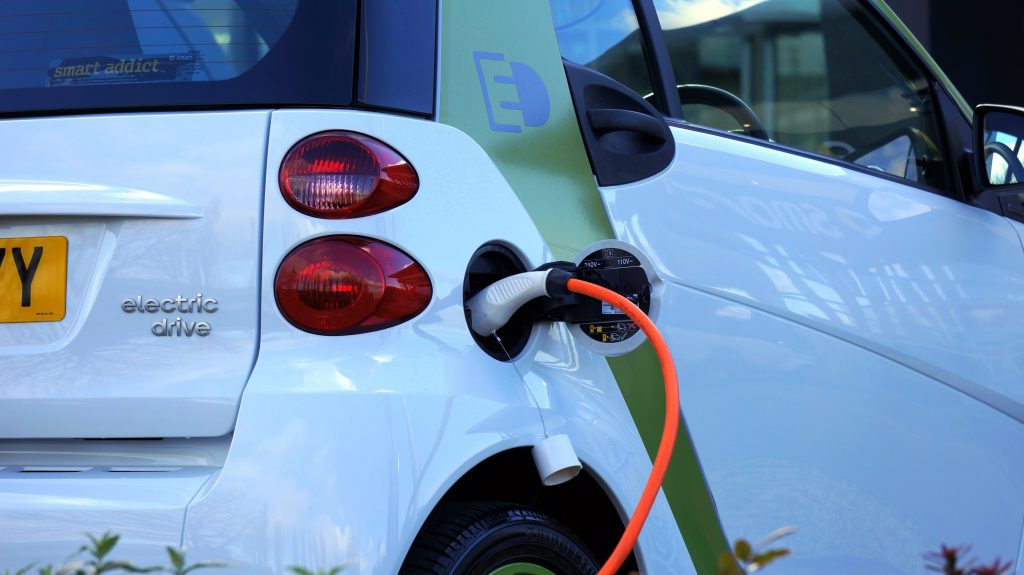So you want to buy a car, but don’t know where to start. Before making any big investment, you need to do your research, compare models and car insurance rates, and drive the car yourself before making a final decision. Another important factor to note is that the average price of gasoline across Canada is over $1.10 per litre. Choosing to go green and buy a fuel-efficient vehicle or an electric vehicle will help you avoid those high gas prices while being environmentally friendly.
Fuel-efficient models save time spent filling up on gas and they also reduce the amount of smog-contributing pollution compared to driving other cars. Advanced technologies like plug-in hybrids and pure electric cars bring efficiency to a whole new level. No matter what size vehicle you’re shopping for, fuel-efficient vehicles are a smart choice against the inevitable rise of gas prices. That being said, follow this guide to find out what to consider before buying a fuel-efficient car.
1. New or used
The first question to ask yourself before buying a car is if you want it to be new or used. If you’re buying new, make sure to check the fuel-efficiency rating on the car’s EnerGuide Label. EnerGuide is the official Government of Canada mark for rating and labeling the energy consumption or energy efficiency of products including new vehicles. The fuel-efficiency rating can be found next to the gas pump logo on the label. This information will help you compare costs of vehicles and identify the most fuel-efficient car for your needs. If the car has no label you can ask the dealer about the manufacturers’ fuel consumption ratings.
If you’re buying a used car, make sure to check with Natural Resources Canada’s Fuel Consumption search & compare tool. This tool helps you compare the fuel-consumption information of different car models. You can also use this tool to look up the actual fuel consumption rating for vehicles from the 1995 model year to now. The tool will also help you to see how a vehicle compares to other vehicles in its class size, and how it compares in all size classes.
2. Hybrids
Hybrid vehicles are a cross between a conventional car and an electric car, making use of both gas and electricity. These cars are more efficient because they have a transmission capable of splitting power between an electric motor and the gas engine. The battery is charged from the engine during driving so they cannot be plugged-in.
The electric motor powers the car at low speeds while the gas engine powers the car at higher speeds. Hybrids usually are more expensive, however, depending on how often you drive, what you save on gas may be worth the investment within a few years of owning this type of vehicle.

3. Insurance policy
When looking for a new fuel-efficient car, you should compare more than just sticker prices and fuel consumption ratings, compare car insurance rates as well. Some car insurance providers are more than happy to reward environmentally friendly driving with a discount on your insurance. This discount is put into place because hybrid drivers pose a lower insurance risk than others since they drive fewer miles overall. Make sure to find out what you could save by contacting your agent.



